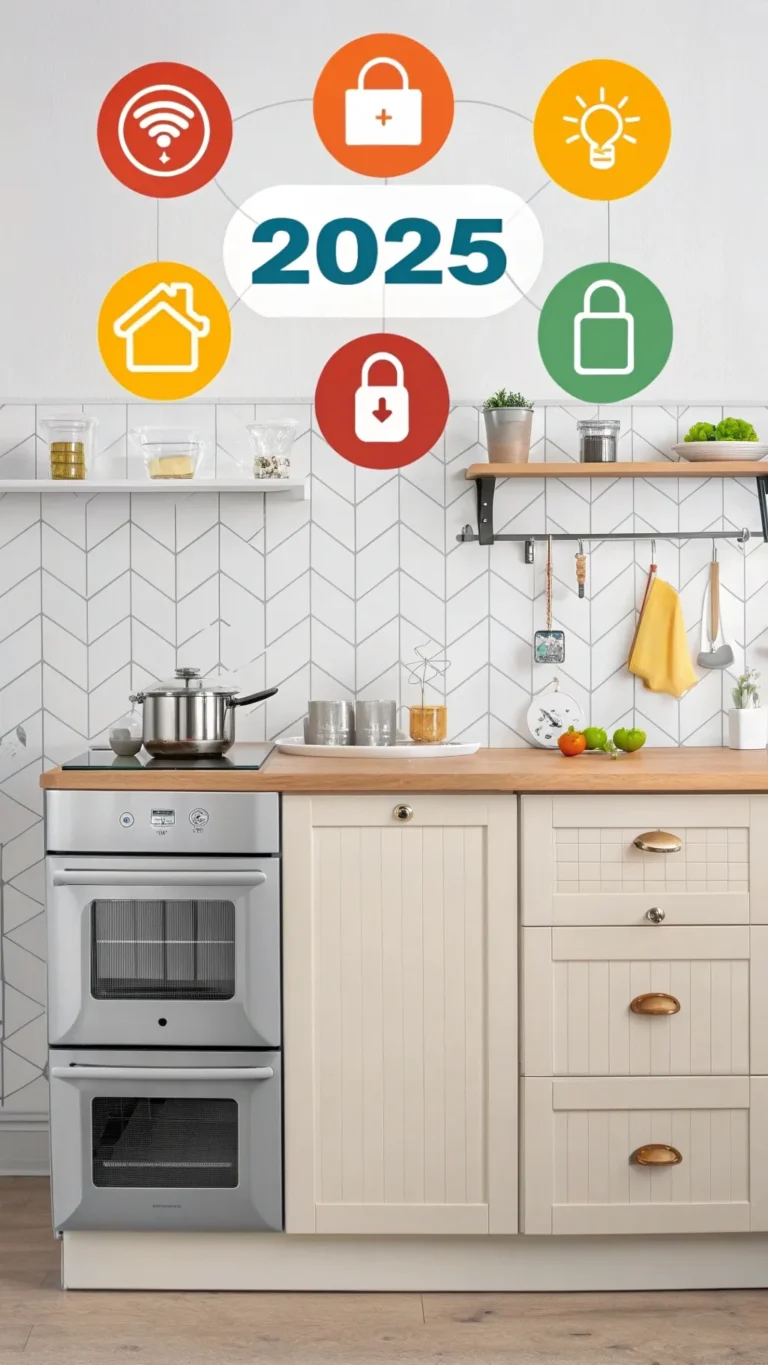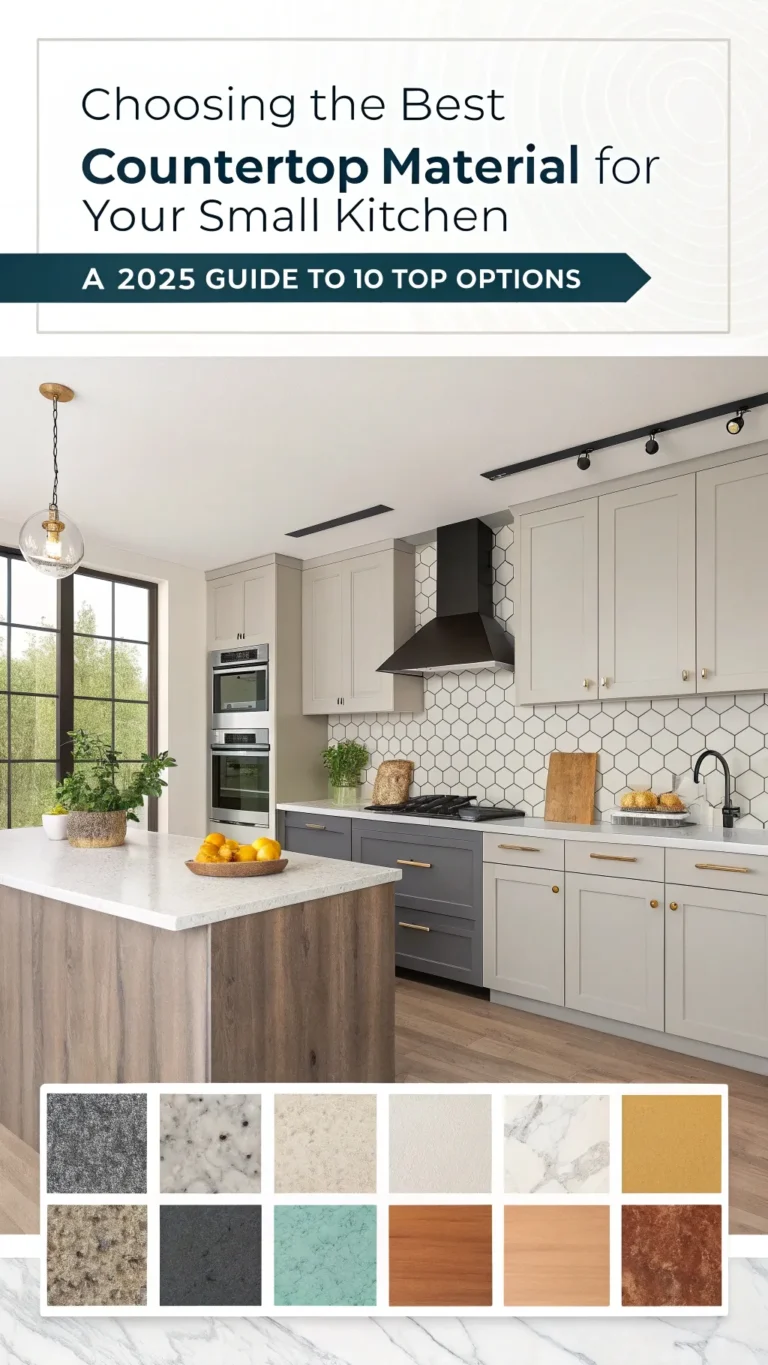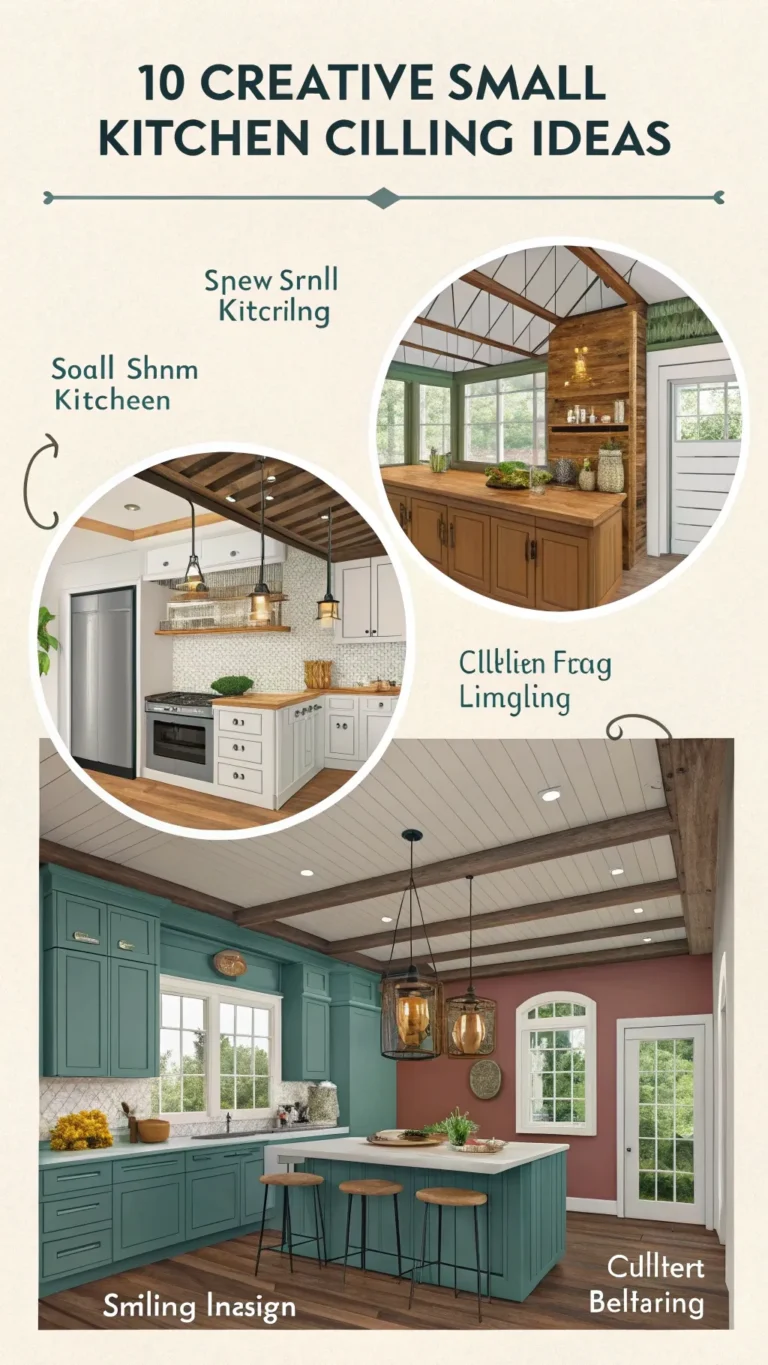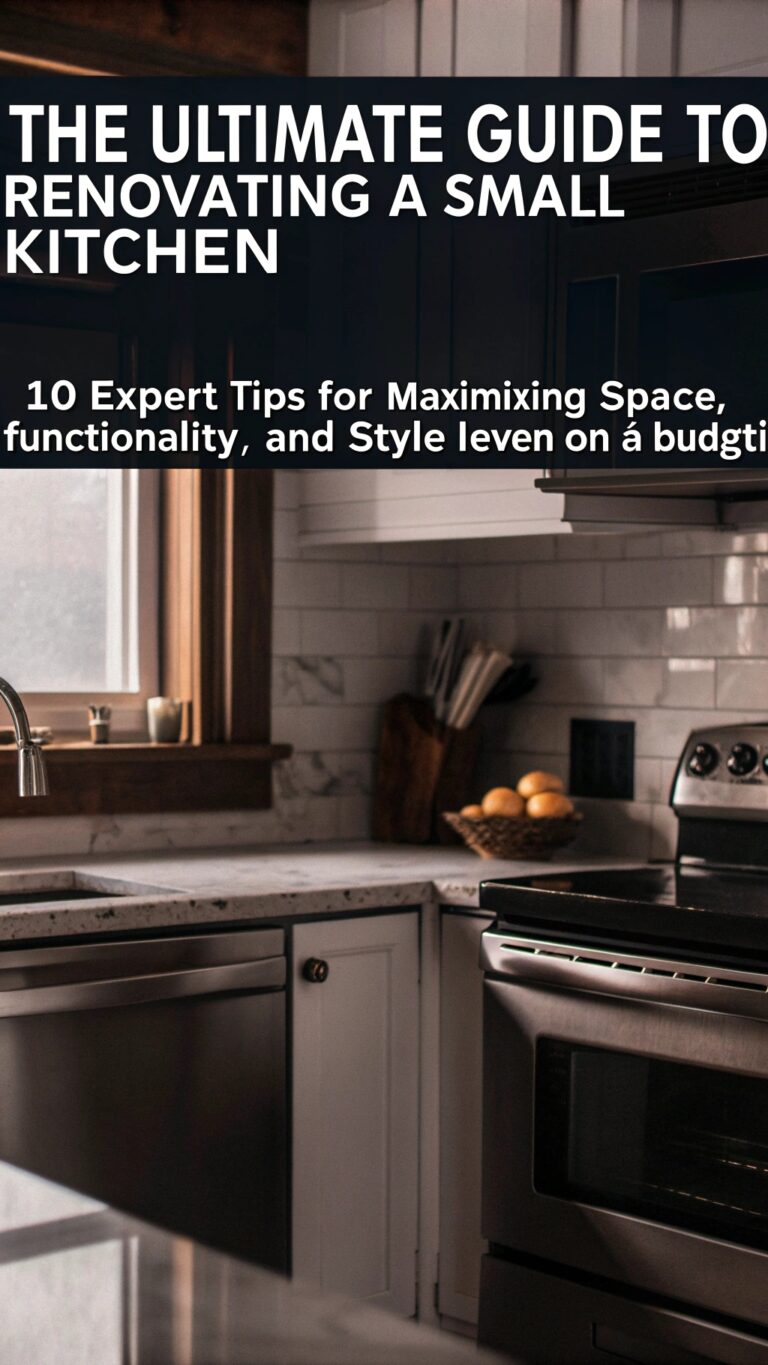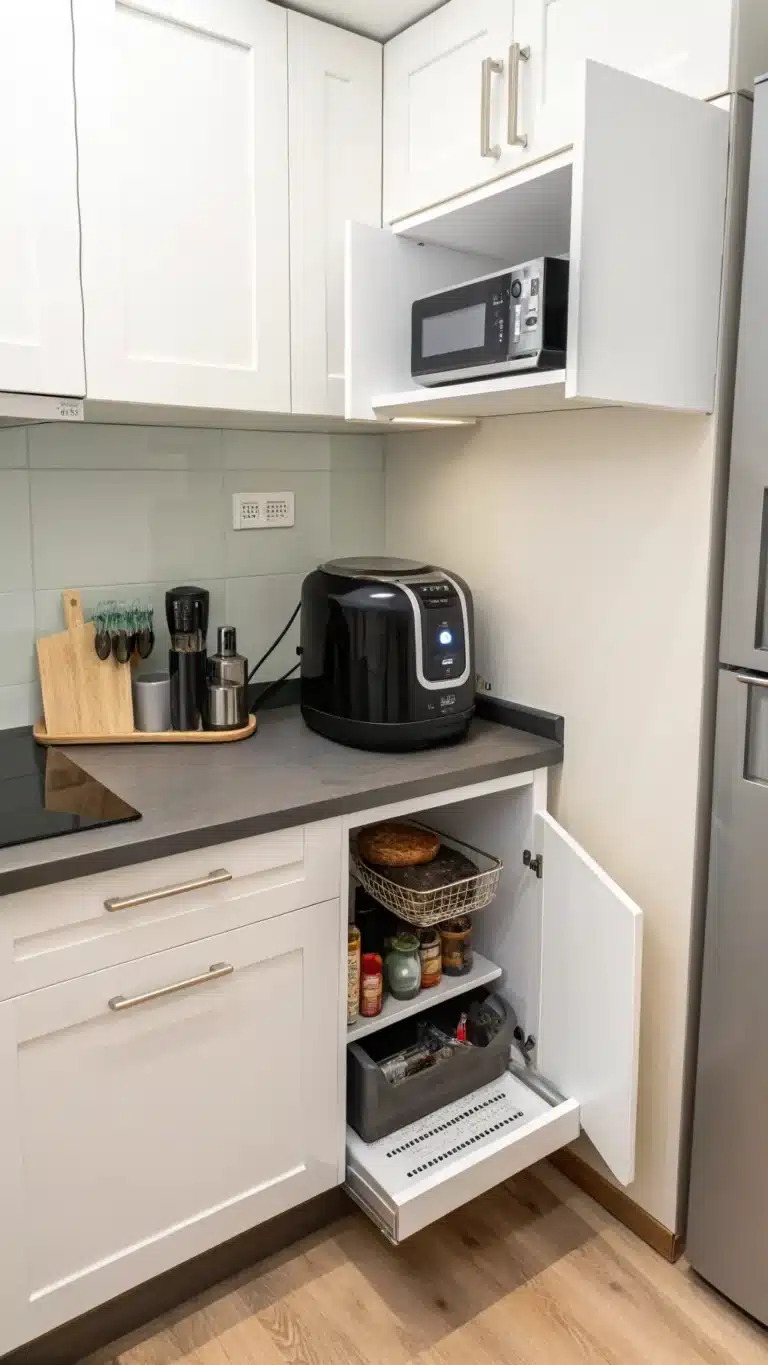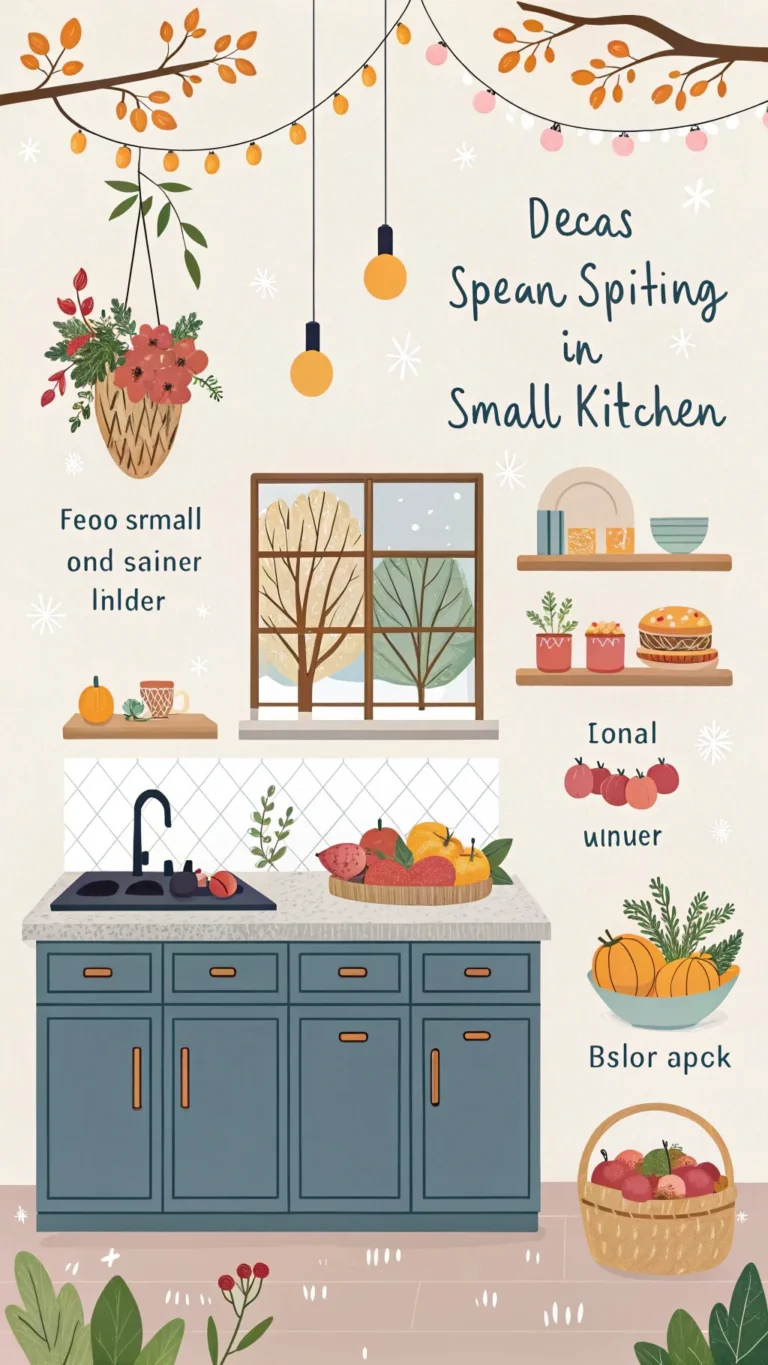Introduction
Pets bring joy, but small kitchens can bring challenges. Many pet owners struggle with clutter. Pet bowls on the floor can be a tripping hazard. Bags of pet food take up precious space. Plus, kitchens hold hazards for curious pets like toxic foods. We want kitchens that look great and work well for pets and humans alike.
Finding pet friendly small kitchen ideas means balancing style, safety, and function. Creating harmony in a tiny space feels tough. Yet, with the right approach, every inch counts. We’ll explore clever storage, smart feeding spots, safety tips, and dedicated pet zones.
These ideas fit tight kitchens and busy lives. They help keep floors clear, organize pet supplies, and protect pets from kitchen dangers. You’ll discover hidden feeding stations, vertical storage, the best pet-friendly flooring, and DIY pet corners that fit small spaces.
Read on to learn simple, practical solutions. Start turning your kitchen into a safer, tidier, pet-friendly space today.
Smart Feeding & Watering Stations (Ideas 1-3)
Where Can I Put Pet Bowls Without Cluttering the Floor?
Pet bowls often take up floor space. They turn messy and can cause slip hazards. Small kitchens need smarter feeding spots for pets.
1. Pull-Out Drawer Feeders
Pull-out feeders hide bowls inside a cabinet drawer.
- Pros: Keeps bowls hidden when not in use. Clears floor space.
- Cons: Drawer must fit pet bowls. Requires cabinet changes.
- Tips:
- Measure your pet’s height to set bowl placement.
- Use stainless steel or easy-clean bowls.
- Make sure the drawer slides smoothly.
How to build: Attach a tray inside a deep cabinet drawer. Place bowls on the tray. Pull out to feed, then push back.
2. Wall-Mounted or Elevated Feeders
Secure bowls to walls or stands above the floor.
- Pros: Keeps floor clear. Aids digestion especially for large or older pets.
- Cons: Must drill into walls; fixes location.
- Tips:
- Set height matching your pet’s shoulders.
- Add splash guards to control mess.
- Use removable bowls for easy washing.
3. Integrated Bowl Solutions
Install bowls into kitchen islands, base cabinets, or kick plates.
- Pros: Seamless appearance. Saves floor space.
- Cons: Requires planning in remodels. Permanent placement.
- Tips:
- Choose durable materials like stainless steel.
- Plan during kitchen design phase.
- Consider water drainage for easy cleanup.
Clever Storage & Organization for Pet Supplies (Ideas 4-6)
How Can I Store Pet Food and Supplies in a Small Kitchen?
Pet food bags, toys, leashes, and cleaning products add clutter. Organizing them well saves time and space.
4. Vertical Pet Food Storage
Use tall, narrow containers or dispensers for kibble.
- Benefits: Saves floor and counter space. Keeps food fresh.
- Tips:
- Select airtight, pest-proof containers.
- Place containers in skinny cupboards or pantry corners.
- Label containers for easy identification.
5. Dedicated Pet Supply Cabinet or Drawer
Keep all pet items together in one spot.
- Benefits: Simplifies access. Reduces kitchen clutter.
- Tips:
- Use drawer dividers to separate items.
- Pull-out baskets work well for accessibility.
- Maintain only needed items; declutter regularly.
Try this: Use small containers for treats and toys inside the cabinet.
6. Under-Sink and Door Organizers
Utilize under-sink space and cabinet doors.
- Tips:
- Install door racks for collars, leashes, and brushes.
- Use pull-out bins under sink for pet-safe cleaning supplies.
- Mount tension rods for spray bottles or hangers.
Designing for Pet Safety & Durability (Ideas 7-8)
What Flooring Works Best for Pets in Small Kitchens?
Durable, easy-to-clean, and slip-resistant floors keep pets safe. They also protect your kitchen.
7. Choosing Pet-Friendly Flooring
Common options:
| Flooring Type | Durability | Slip Resistance | Ease of Cleaning | Comfort for Pets |
|---|---|---|---|---|
| Luxury Vinyl Tile (LVT) | High | Medium-High | Easy | Soft |
| Ceramic Tile | Very High | Varies | Easy | Hard, Cold |
| Laminate Flooring | Medium | Low-Medium | Moderate | Hard |
| Sealed Concrete | High | High | Very Easy | Hard |
Tips:
- LVT offers a good balance of comfort and toughness.
- Add rugs with non-slip backing for softness.
- Avoid slippery floors to prevent pet injuries.
8. Pet-Proofing Cabinets & Hazards
Keep pets away from dangerous items.
- Tips:
- Install child/pet-proof latches on lower cabinets.
- Secure trash cans with lids or locks.
- Manage loose cords by bundling or hiding them.
- Avoid toxic foods like onions, chocolate, grapes, garlic, and xylitol. (ASPCA notes these as very dangerous.)
Creating Dedicated Pet Zones & Maintaining Cleanliness (Ideas 9-10)
How Can I Give My Pet Their Own Space in a Small Kitchen?
Small kitchens leave little room for pets. Creating a cozy pet nook helps.
9. Carving Out a Small Pet Nook
Make a mini pet corner using kitchen space.
- Ideas:
- Use empty cabinet ends or under-counter spaces.
- Place a comfy bed or mat in a quiet corner.
- Add a small shelf above for pet treats or toys.
DIY tip: Transform unused base cabinet space by removing doors and adding soft bedding.
10. Easy Cleaning Strategies & Tools
Keep the kitchen tidy despite pet messes.
- Tips:
- Choose smooth, wipeable surfaces for counters and backsplashes.
- Store cleaning supplies within reach in a dedicated cabinet.
- Use a pet-specific vacuum or daily broom sweep.
- Select pet-safe cleaning products to protect furry friends.
FAQs
What is the best flooring for a small kitchen with dogs or cats?
Luxury vinyl tile (LVT) and ceramic tile stand out. Both resist scratches, water, and are easy to clean. Rugs help provide comfort.
How can I store large bags of pet food in a very small kitchen?
Use tall, airtight containers. Place them in narrow pantry spaces or pull-out bins. Label containers to stay organized.
Are there any hidden pet bowl solutions that work for renters?
Yes. Elevated freestanding feeders and decorative bins work well. They don’t need drilling or permanent alterations and tuck away easily.
What are the most important safety measures for pets in a kitchen?
Secure trash and cabinets with latches. Keep toxic foods and plants out of reach. Manage electrical cords safely. Learn about toxic foods from ASPCA.
How do I keep pet hair under control in the kitchen?
Sweep or vacuum daily using a pet-specific tool. Choose easy-to-clean floors and countertops. Keep cleaning products handy for quick spills.
Conclusion
Small kitchens do not mean pet care has to suffer. With smart feeding stations, vertical pet food storage, pet-friendly flooring, and pet-proof safety measures, your kitchen can stay tidy and safe. A dedicated pet corner offers comfort. Easy cleaning plans keep messes manageable.
This list of pet friendly small kitchen ideas helps create harmony between your space and your pets’ needs. As one expert notes, “A well-planned kitchen benefits everyone — pets included.”
Try one or two ideas today. Share your experience or ideas in the comments. Explore related articles on kitchen organization and pet care for further inspiration.
Let’s make small kitchens work beautifully for pets and people.

